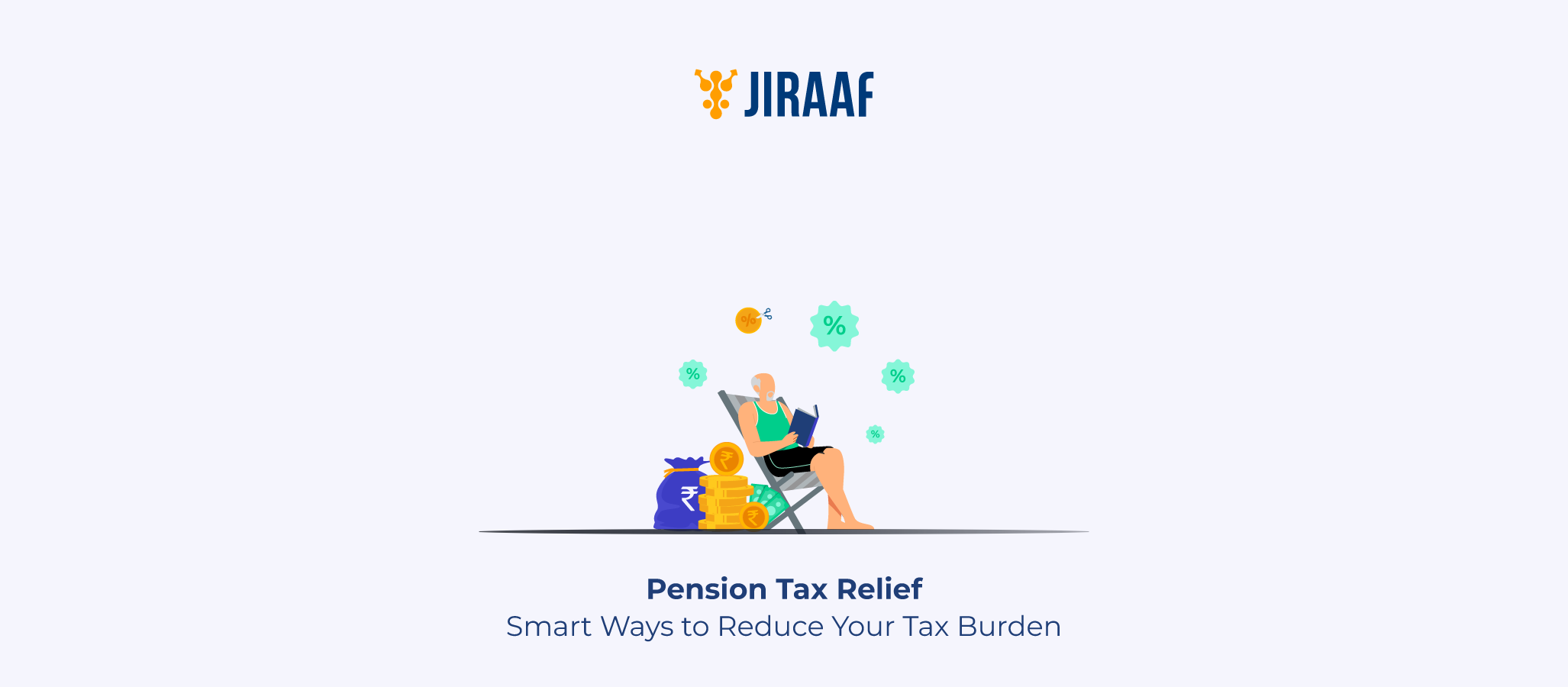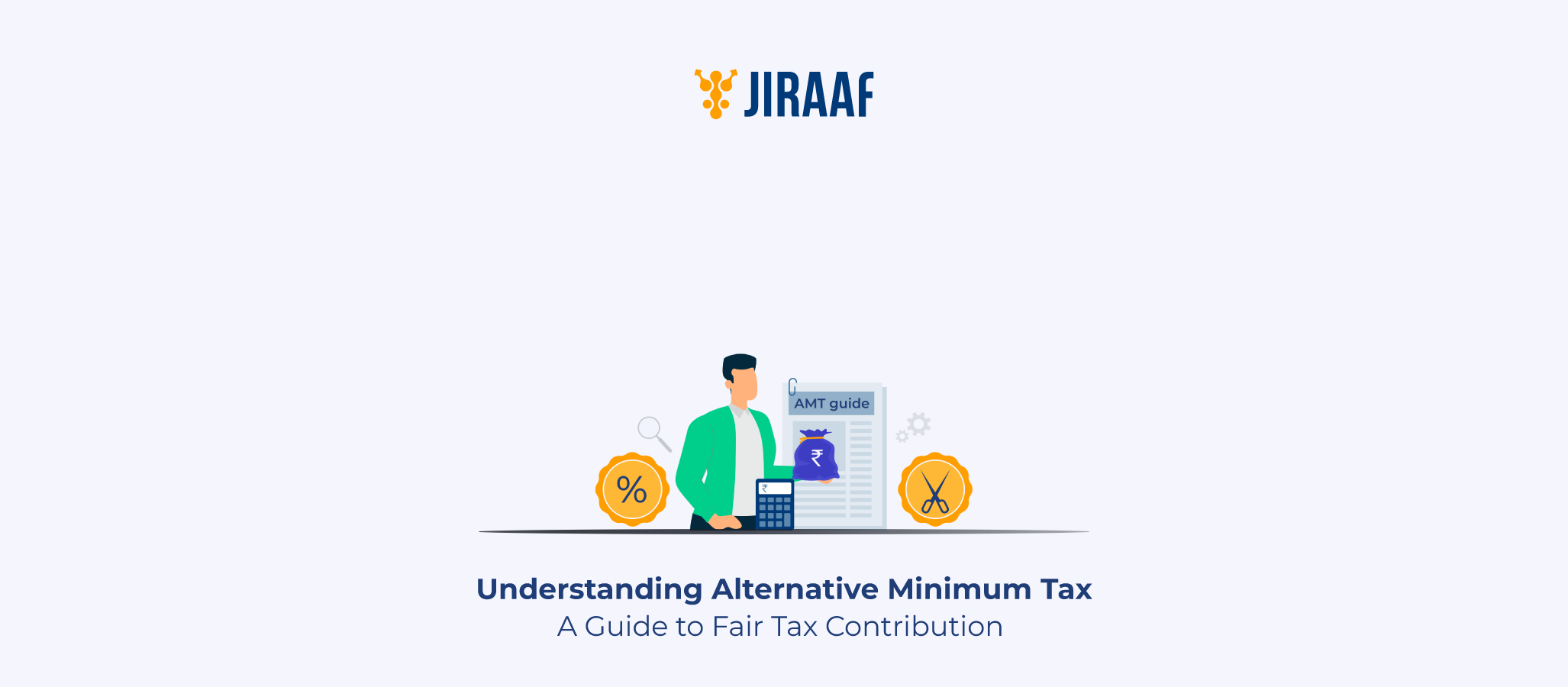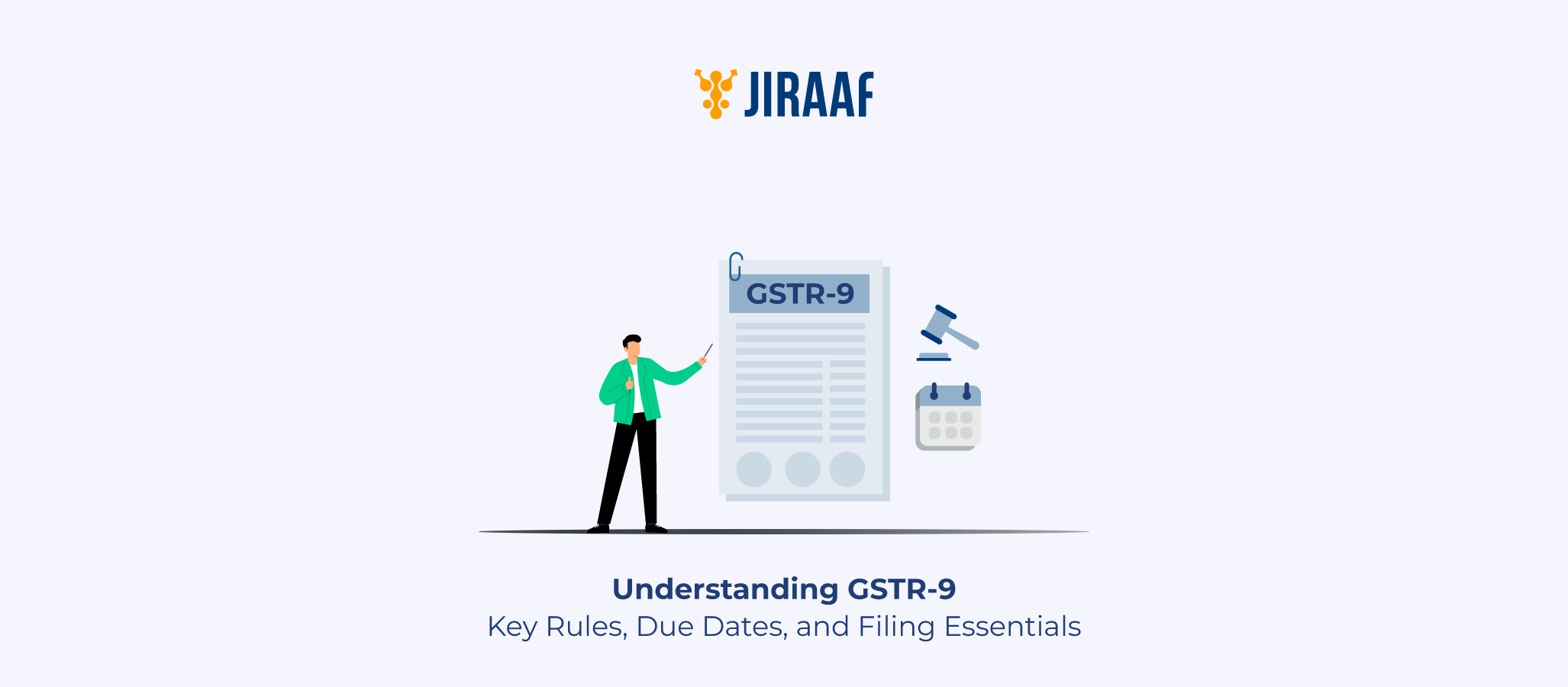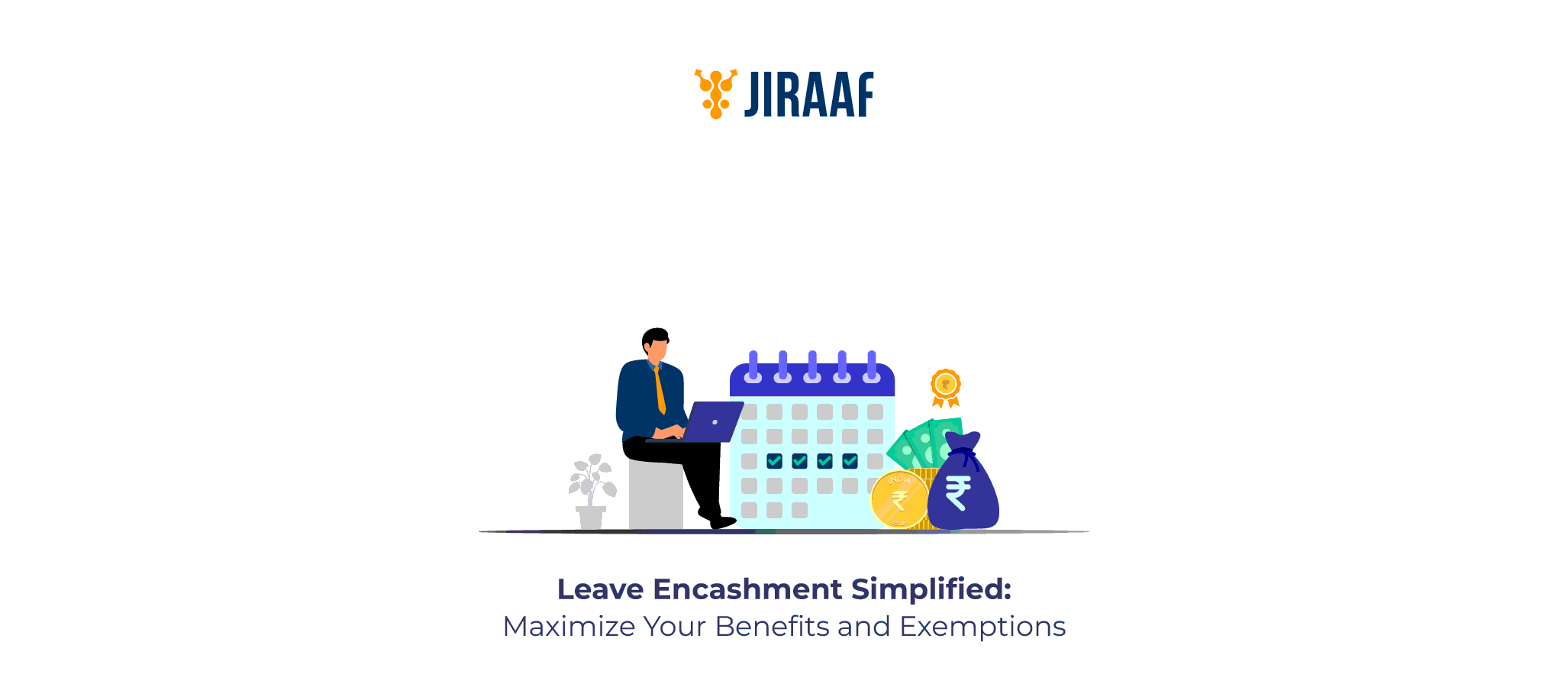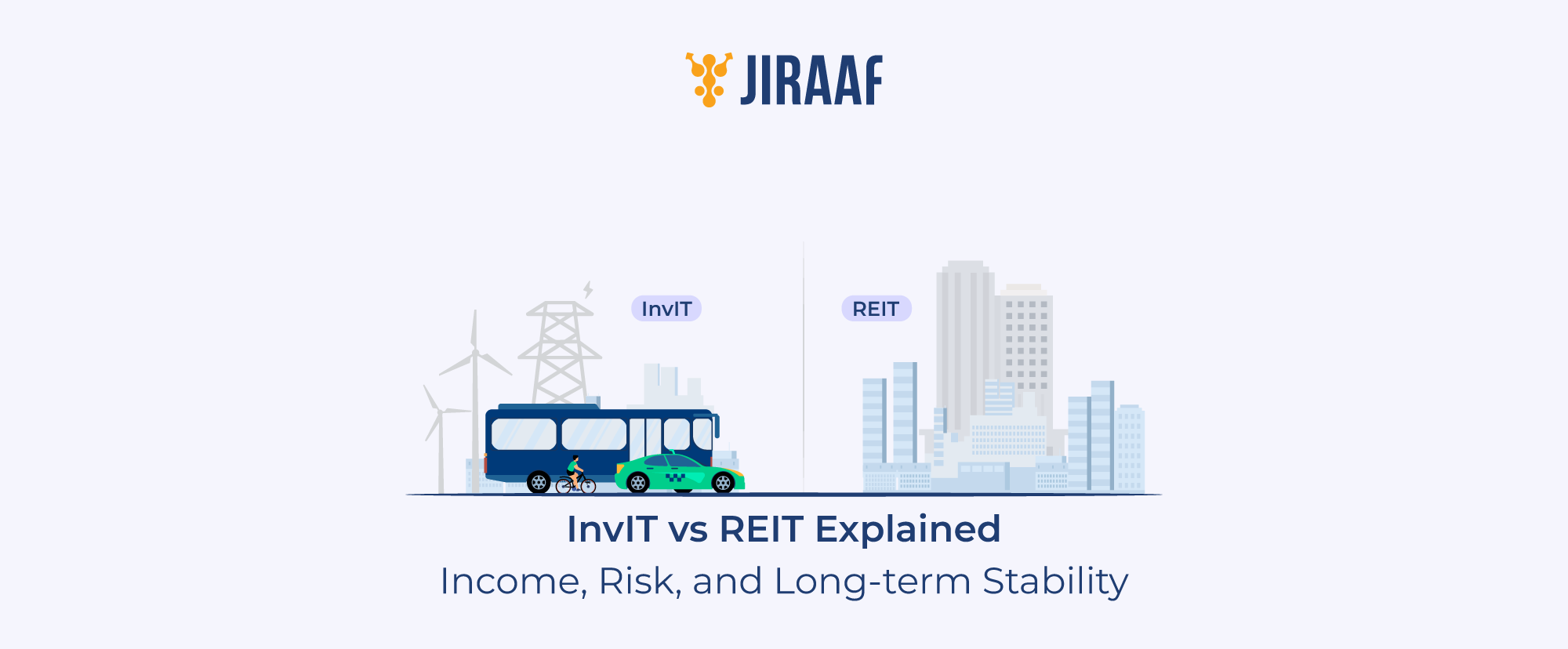You’ve worked hard for decades, and now retirement should bring you comfort and peace, financially and otherwise. Your regular salary may have stopped, but your pension becomes a steady stream of income that keeps your household running. It’s the reward for all those years of service—a well-deserved continuation of income.
Yet, when tax season comes around, many retirees find themselves puzzled. The pension that supports your everyday life is treated as taxable income, just like your salary once was. That can feel unfair, especially when every rupee now counts toward maintaining the lifestyle you built over years of effort.
The good news is, the tax system does offer you some relief from taxes imposed on your pension. There are several exemptions, deductions, and simplified filing provisions that can help you reduce your taxable income and keep more of your pension in your hands.
In this blog, we’ll focus entirely on pension income—how it’s taxed, what exemptions you can claim, and the smart ways to file your return correctly. With a little planning, you can make sure your retirement years remain smooth, stress-free, and financially secure.
Understanding Income Tax on Pension in India
The Income Tax Act treats pension as a continuation of your salary rather than a reward or gift. Since it replaces the income you once earned during your working years, it is classified as “income from salary” under Indian tax law.
So yes, pension is taxable, but the slabs ensure the impact is lighter, especially if you plan your exemptions carefully. To understand how much of your pension is actually taxable and how much you can save, we first need to look at its different types.
Types of Pensions and Their Tax Treatment
Under the Income Tax Act, all pension income isn’t the same. As per the Central Board of Direct Taxes (CBDT), it falls into two categories, namely commuted and uncommuted pension.
Commuted Pension
When a portion of your pension is received as a lump sum, it’s called a commuted pension. This often happens when retirees prefer to receive part of their pension upfront instead of monthly installments.
Here’s how it’s taxed:
- Government employees (central, state, local authorities, or statutory corporations): Fully exempt from tax
- Other employees who receive gratuity: One-third of the commuted pension that an employee is entitled to receive is exempt
- Other employees who do not receive gratuity: Half of the commuted pension that an employee is entitled to receive is exempt
Uncommuted Pension
This is the regular monthly pension you receive—similar to a salary. It is fully taxable, just like your previous monthly income.
However, there’s a special exception worth noting. Disability pension received by an individual of the Armed Forces is fully exempt from tax.
Family Pension
The tax story doesn’t end with your own pension. In many cases, a family pension is paid to your spouse or dependents after your lifetime. A family pension is taxed under the head ‘Income from Other Sources’ (not ‘Salary’).
For family pensioners:
- A deduction of 33.33% or ₹15,000 (whichever is lower) is allowed from the family pension amount before tax.
- Family pension received by the families of Armed Forces personnel who died in the course of operational duties is fully exempt.
Understanding these categories helps you know exactly what part of your pension is taxable and what remains in your hands.
But pension isn’t the only way to reduce your taxable income! The tax laws also provide deductions that can bring your overall liability down even further.
Deductions and Exemptions Available
Saving tax doesn’t have to be complicated; you just need to know where to look. The Income Tax Act offers a wide range of deductions that you can claim under Section 80C, 80CCC, and 80CCD. Together, these sections can help you save more if used effectively.
Let’s break them down in a simple, sequential way.
Section 80C: The Foundation of Tax-saving
Section 80C is the most popular deduction among taxpayers. It allows you to claim up to ₹1.5 lakh per year on eligible investments or expenses.
Here are some common options senior citizens often prefer:
Known for its stability and government backing, the PPF enjoys the rare EEE status, which means the amount invested, the interest earned, and the maturity amount are all tax-free. With a 15-year tenure and steady interest, it’s a safe long-term option.
If you’re open to equity exposure, ELSS funds combine market-linked growth with tax benefits. They have the shortest lock-in of just three years under 80C and can offer inflation-beating returns in the long run.
- Life Insurance Premiums
Premiums paid for life insurance policies (for self, spouse, or children) qualify for 80C deductions as long as the annual premium doesn’t exceed 10% of the sum assured. It’s a simple way to combine protection with tax savings.
These 5-year FDs offer fixed returns and stability. The interest earned is taxable, but the investment itself qualifies for deduction. For conservative investors, it’s a low-risk choice.
For those who continue working or have part-time income, EPF and voluntary contributions to VPF qualify under 80C. They provide both tax savings and compounded growth.
A reliable small saving instrument, NSC earns a fixed return and reinvests interest each year, which also qualifies for deduction. Safe, government-backed, and suitable for medium-term goals.
- Home Loan Principal Repayment
The principal component of your home loan EMI can be claimed under 80C. When combined with the interest deduction under Section 24(b), it becomes a powerful tax relief.
- Tuition Fees for Children
You can claim tuition fees paid for up to two children studying in recognized Indian institutions. It’s a small but valuable benefit for those supporting their family’s education.
Section 80CCC: Pension Funds
Section 80CCC allows you to claim deductions up to ₹1.5 lakh for contributions made to pension funds offered by LIC or other approved insurers.
However, keep in mind that this limit is shared with Section 80C and 80CCD(1), and the total combined deduction can’t exceed ₹1.5 lakh.
Section 80CCD: National Pension System (NPS)
If you’re looking for an additional retirement-linked deduction, NPS under Section 80CCD is one of the most rewarding schemes.
- Under 80CCD(1)
- Salaried individuals can claim up to 10% of salary (basic + DA).
- Self-employed individuals can claim up to 20% of gross total income.
- This, too, is part of the ₹1.5 lakh overall cap.
- Under 80CCD(1B)
Introduced to encourage retirement savings, this provides an extra ₹50,000 deduction beyond the ₹1.5 lakh limit. This means you can save tax on a total of ₹2 lakh when combining 80C /80CCC/80CCD(1).
- Under 80CCD(2)
If your employer contributes to your NPS account, you can claim up to 10% of your salary (basic + DA) as a separate deduction without any monetary ceiling. For central government employees, this limit is 14% of salary (basic + DA). This is particularly beneficial for high-income pensioners who are still working or consulting.
NPS isn’t the only tax relief available for retirees. The Income Tax Act offers several exemptions and deductions specifically designed for senior citizens, helping them save more on interest income, health expenses, and regular pension earnings.
Senior Citizens’ Savings Scheme (SCSS)
The SCSS is a government-backed investment plan designed exclusively for individuals aged 60 and above. It combines high safety, steady quarterly returns, and tax benefits, making it one of the most popular choices for retirees.
You can invest up to ₹30 lakh (as per the latest limit) for a 5-year tenure, extendable by another 3 years. The amount invested qualifies for deduction under Section 80C (up to ₹1.5 lakh), and the interest earned is taxable, subject to TDS if it exceeds the prescribed limit.
Even after going through all these deductions, there’s one more basic benefit that you shouldn’t overlook—the standard deduction.
Standard deduction
As uncommuted pension is classified as ‘Income from Salary’, pensioners are also eligible to claim a Standard Deduction of ₹50,000 or the amount of pension, whichever is lower.
Knowing the deductions is only half the job done. The real benefit comes when you file your return correctly and claim those exemptions the right way. Let’s now see how you can do that—step by step.
How to File and Claim Pension Tax Relief
The government understands that tax compliance can become cumbersome with age. To make things easier, it has introduced provisions that simplify filing for senior and super senior citizens.
Section 194P: When You Don’t Need to File a Return
Under Section 194P, senior citizens aged 75 years or above can be exempted from filing their income tax returns if certain conditions are met:
- You are a resident in India during the financial year.
- You earn only pension and interest income, and that interest is from the same bank where you receive your pension.
- You submit a declaration to that bank confirming these details.
Once these conditions are satisfied, the specified bank (notified by the government) will:
- Compute your total income,
- Allow all eligible deductions (under Chapter VI-A and Section 87A), and
- Deduct the correct amount of tax at source (TDS).
After this, your tax liability is settled, and you don’t have to file your return separately.
This provision removes the need for repeated annual filings for senior citizens who meet the criteria.
For Those Who Still Need to File
If you don’t qualify under Section 194P—for example, if you’re below 75 or have income from other sources, you must file your return in the regular manner. The process is straightforward.
If you’re using ITR-1 (Sahaj):
- Go to the ‘General Information’ tab.
- Under ‘Nature of Employment’, select ‘Pensioners’.
- Choose the correct category: Central Government, State Government, PSU, or Other Pensioner.
For other ITR forms, open the Salary Schedule and select “Pensioners” as your employer type.
While reporting your income:
- The taxable portion of pension should be entered under ‘Salary as per Section 17(1)’, along with the name, address, and TAN of the payer (bank or former employer).
- The exempt portion (commuted pension) should be shown under ‘Section 10(10A): Commuted Value of Pension Received’ in the Exempt Allowance section.
- If both commuted and uncommuted pensions are received, report them separately to ensure only the eligible part is exempt.
By classifying income correctly and applying deductions available under sections like standard deduction, 80C, and 80CCD, pensioners can reduce taxable income while staying compliant.
Conclusion
Your pension is just one part of your retirement income but it’s often the most important one. Understanding how it’s taxed and where you can claim exemptions ensures that your post-retirement income works efficiently for you.
Beyond pension, other components like gratuity, leave encashment, retrenchment compensation, and voluntary retirement benefits also come with their own tax exemptions. Knowing how each of these fits into your overall financial picture can make a meaningful difference.
As rules and limits can change, it’s always wise to consult a qualified financial advisor or tax professional before filing. With the right guidance, you can take full advantage of the reliefs available under the law and focus on what truly matters during retirement: peace of mind and financial stability.
